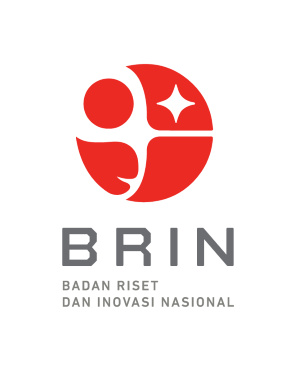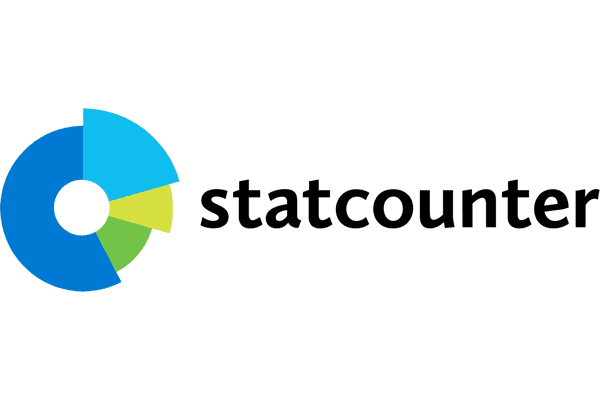Pemanfaatan Limbah Ikan Menjadi Pakan Bernutrisi Tinggi Solusi Inovatif Dalam Sektor Perikanan Di Kabupaten Kepulauan Selayar
Abstract
Fishery waste consists of liquid and solid waste, accounting for 30-40% of the total weight of fish, mollusks, and crustaceans. Unfortunately, fish waste has not been well-managed due to its low economic value. However, with the advancement of technology, the opportunity to process fish waste into high-value products is increasingly open. Modern technology enables fish waste to be converted into high-quality fish feed, reducing the cost of commercial feed.
The utilization of fish waste not only generates positive economic impacts but also significant environmental benefits. Processing fish waste into feed can reduce the risk of environmental pollution, decrease greenhouse gas emissions, and reduce pressure on wild fish resources. The use of feed from fish waste helps to promote more sustainable and environmentally friendly aquaculture practices.
Research results show that using fish waste as an alternative feed in shrimp farming provides dual benefits for the environment and economy. Therefore, standard quality regulations are needed to ensure effective and safe management of fish waste for the environment and human health.
References
Nurhayati. (2009). Limbah Ikan: Potensi dan Pengelolaannya. Jurnal Ilmiah Perikanan, 15(2), 123-134.
Kementerian Kelautan dan Perikanan. (2023). Statistik Perikanan Tangkap Indonesia 2017-2023. Jakarta: KKP.
Peraturan Menteri Kelautan dan Perikanan Nomor 12 Tahun 2015 tentang Pengelolaan Limbah Ikan. Standar Nasional Indonesia (SNI) 01-7251-2004 tentang Syarat Mutu Pakan Ikan.
Nurjanah, N., & Widanarni. (2019). Pengaruh Pakan Limbah Ikan terhadap Pertumbuhan Udang. Jurnal Ilmiah Perikanan, 18(1), 45-56.





.png)




